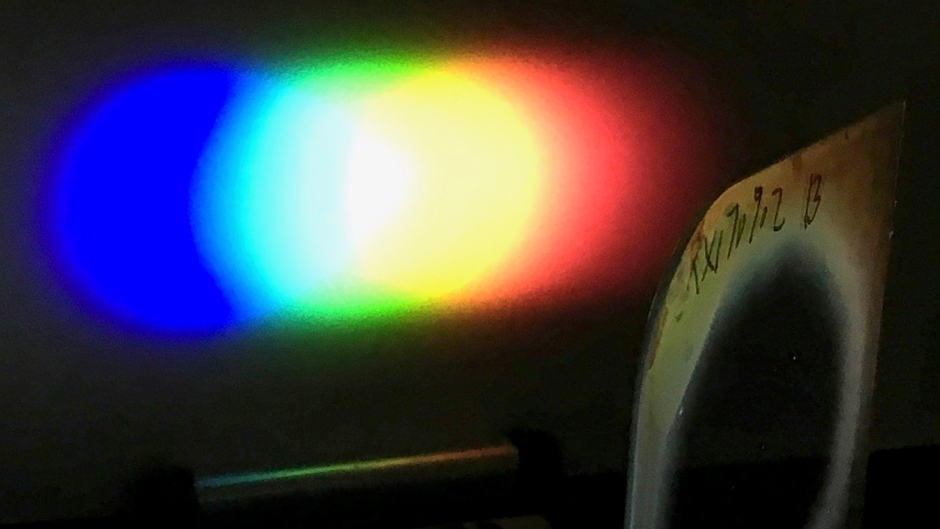Light diffraction technique holds promise for more immersive augmented reality
Researchers have developed a light diffraction technology that allows for more light input and greater efficiency, an advance that could lead to more immersive augmented reality displays.

Diffraction gratings are used to manipulate light in applications including from electronic displays and fibre-optic communication technologies. Until now, the most advanced examples of these optical components have had an angular acceptance range - or bandwidth - of about 20 degrees.
“Meaning that the light source has to be directed into the grating within an arc of 20 degrees," said Michael Escuti, a professor of electrical and computer engineering at North Carolina State University (NC State) and corresponding author of a paper on the work. "We've developed a new grating that expands that window to 40 degrees, allowing light to enter the grating from a wider range of input angles.
"The practical effect of this - in augmented-reality displays, for example - would be that users would have a greater field of view; the experience would be more immersive," said Escuti, who is also the chief science officer of ImagineOptix Corp, which funded the work and has licensed the technology.
Register now to continue reading
Thanks for visiting The Engineer. You’ve now reached your monthly limit of news stories. Register for free to unlock unlimited access to all of our news coverage, as well as premium content including opinion, in-depth features and special reports.
Benefits of registering
-
In-depth insights and coverage of key emerging trends
-
Unrestricted access to special reports throughout the year
-
Daily technology news delivered straight to your inbox










Breaking the 15MW Barrier with Next-Gen Wind Turbines
Hi Martin, I don´t have any detailed parameters for the 15MW design other than my reading of the comment in the report ´aerodynamic loads at blade-tip...